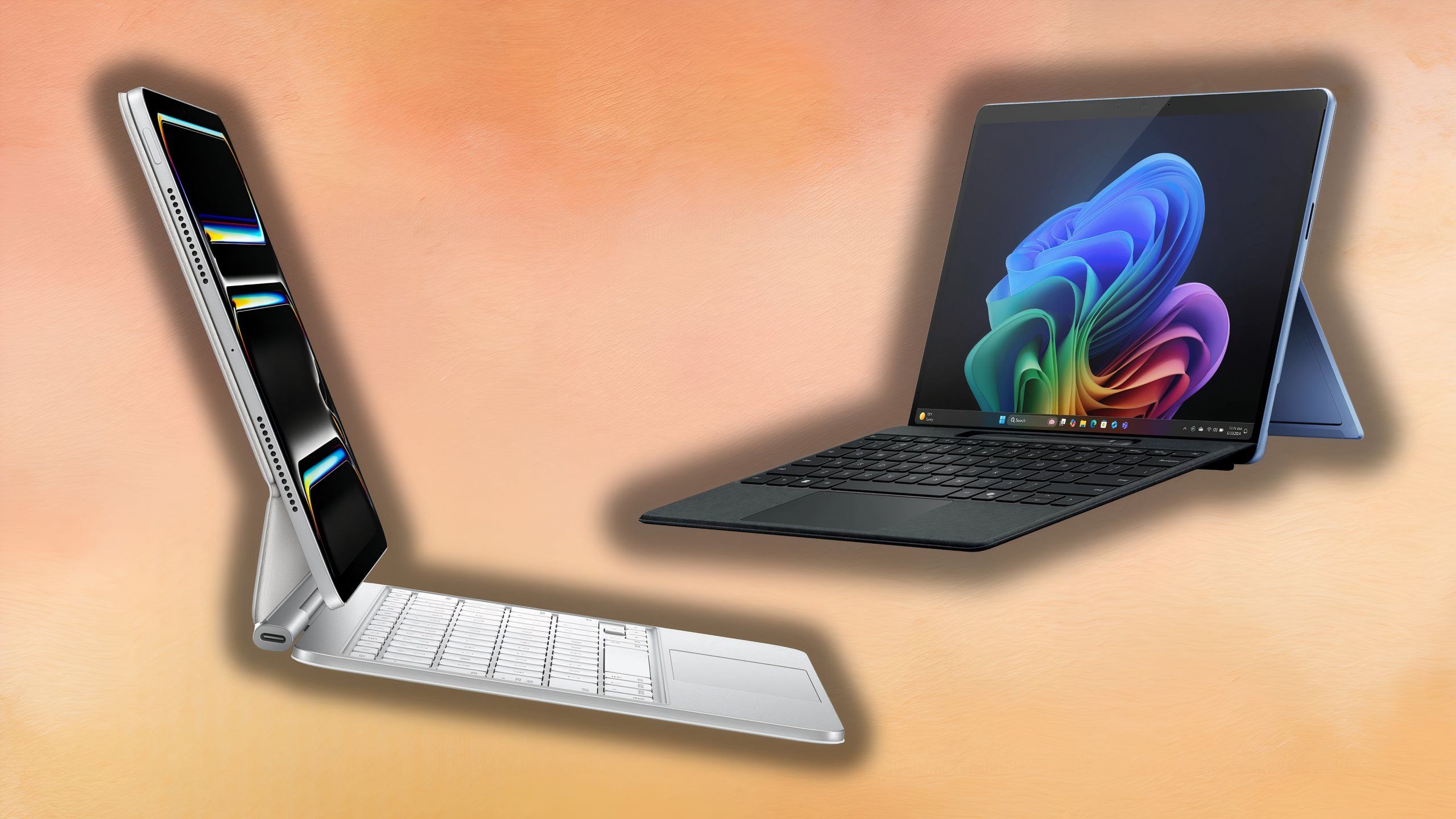What is Shimano Steps and what does it bring to your ebike?

Electric bikes are enjoying a boom, as assistance on top of pedal power moves into the mainstream.
The advantages of an ebike are clear: they can take some of the strain out of riding, allowing commuters to arrive refreshed, longer distances to be covered in touring, while making hills easier to climb.
Just as Shimano has supplied the chainset for many bikes in the past, Shimano will also supply the drivetrain for electric bikes, meaning there’s synergy between the two sides of the equation.
What does Shimano Steps consist of?
There are a number of components that make up a Shimano Steps systems.
The most obvious is the mid-motor, built into the bottom of the bike frame. That might make the bottom of the frame look slightly more substantial than on a normal bike, because there’s a motor in it. Shimano puts this in the centre of the bike, rather than driving the front wheel or rear wheel as you might find in some others.
The second part of the system is the battery. The battery is the most obvious part of an ebike system and its placement can be the difference between a good design and an ugly bike.
Some batteries sit on down tube, some are integrated into a fatter down tube, some ebike batteries might sit on a luggage rack. The battery accounts for most of the weight increase, so its location could have a bearing on how the bike handles.
The final part of the Shimano Steps system is the handlebar controller. This might be an integrated controller and display, or it might offer separate display and control buttons to adjust the assistance offered by the motor – or you might choose to display the information on a third-party display, like a Garmin Edge.
Together, along with a chainset that’s fairly close to normal for a bike, you have an ebike.
You can’t retrofit Shimano Steps to existing bikes – the frame needs to be designed to accommodate that motor – you have to buy a bike with it fitted.
How Shimano Steps works and what it’s like to ride
There are different versions of the system, with a range of motors, batteries, controllers and displays. You’ll find the implementation might look different across bikes, although in essence, the system works the same way.
The battery provides power to the motor on demand, with the motor providing assistance when the pedals are turning. You can’t press a button and have the bike drive without pedalling, because it’s a pedal assistance system, although some of these system off a “walk assist” mode, driving the bike so you don’t have to push it as hard.
When you start pedalling, the assistance comes in really quickly, meaning you can get off the line quickly. The control buttons allow you to change the level of assistance that you’re offered and this can be used in balance with gearing on the bike to suit the rider.
You’re able to turn the assistance off completely, meaning you can just ride the bike, perhaps turning the assistance on when you come to a hill. Most people buying an electric bike will aim to use the assistance (otherwise you could save yourself the cost and by a regular bike), but it does allow freedom to choose exactly what you want.
The gearing on the bike will also dictate how the bike rides – it might be that you choose the highest level of assistance when pulling away so you don’t have to change gears so often, perhaps reducing assistance once you’re moving. Or you might turn up assistance when climbing to save your legs from too much work. It just takes a flick of the controller to switch the power level.
The display will show the level of assistance and the range you can expect – as well as the speed – although this will vary depending on the setup you have.
Riding with Shimano Steps is quiet and smooth, bringing the benefits of feeling like a regular bike thanks to the gearing, but with the effortlessness that comes with that motor assistance. The great thing is that the gearing feels just like a normal bike, because in many cases, it’s exactly the same.
Range and charging
Charging is simply a case of connecting the supplied charger. This isn’t especially quick – while many smartphones will now charge in an hour, you’ll need a lot longer to charge your ebike, because it’s a much bigger battery.
The actual charging time will depend on the size of battery your bike is equipped with – and Shimano typically offers 418Wh, 504Wh or 630Wh batteries.
Many will offer some quick charging, which might see you hit 50 per cent in 2.5 hours on a 630Wh battery, for example, but a full charge needs to slow down towards the end, so might take takes 6 hours in total.
Some batteries will have charge indicators on them, some might have charge indicators on the frame, some will rely on the bike computer to convey that information.
The range you get from your bike will depend on a lot of factors, such as how much weight it’s carrying, the level of assistance you choose, the battery capacity and the motor power. That might be anywhere from 50km at the top level, to 150km at the lowest asssitance, but with a full range of gearing on the bike, the amount of effort the rider puts in has an impact too.
Ultimately, there’s no single answer to the range question – you’ll have to check the bike specs and see what’s advised and use that as guidance.
What Shimano Steps systems are there?
Shimano breaks Steps down into a number of different categories – city and trekking, mountain biking and cargo. Within each system there are a number of options, so as we said above, it’s not one system, there are choices for the manufacturer to fit the system to the bike they are making.
The different systems offer a different level of power and the motors are a different weight, generally getting lighter the more recent they are and offering more power as you step up the range.
That sees commuter bikes offering slightly lower power than some of the more expensive mountain bikes setup with the system – but if you’re looking at a Shimano Steps bike, it’s really about buying the bike that suits your needs, rather than the trying to pick out the Shimano Steps components you want.
Ultimately, most bikes will provide other options, for example some flexibility in the chainset, compatibility with Di2 shifting (including automatic downshifting when you stop), there’s options for internal gear hubs, as well as, in some circumstances, compatibility with third-party Bluetooth or ANT+ devices, such as Garmin bike computers.
In those circumstances, you’ll be able to get your Garmin Edge to show you the gear you’re in (if you have Di2) as well as the assistance level and range, if you have the compatible parts.
Shimano also has an app called the E-Tube Project app, which can be used to update firmware, manage profiles and customise your ride.











